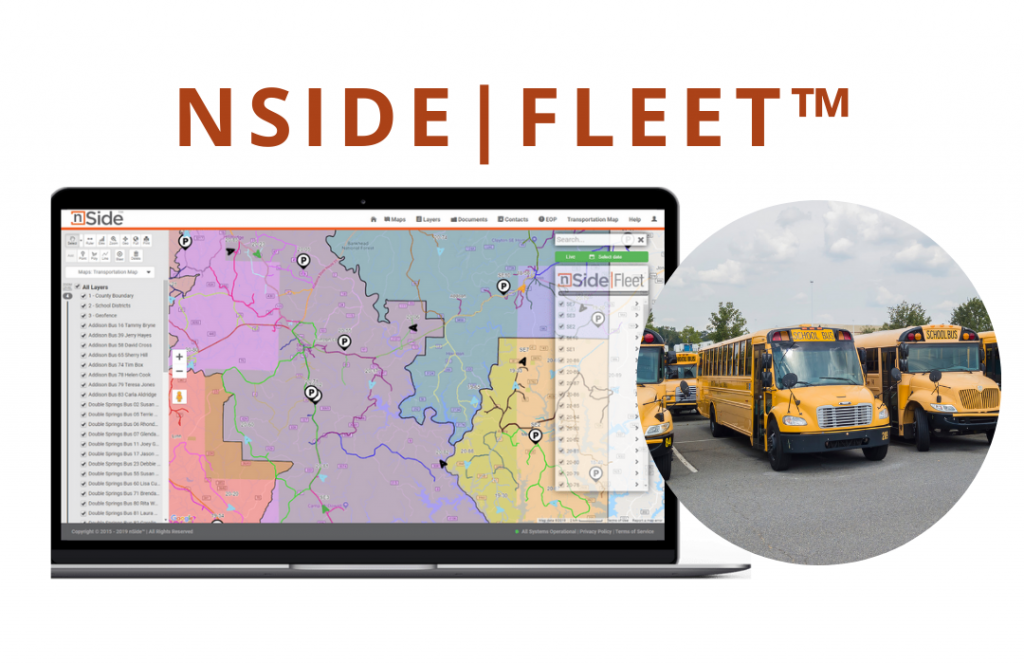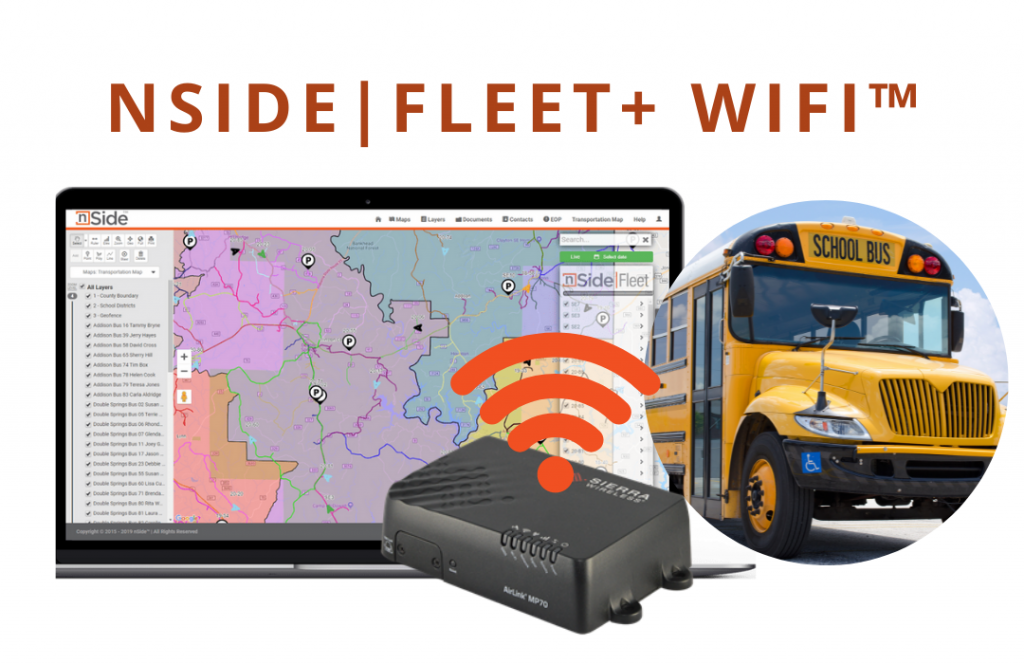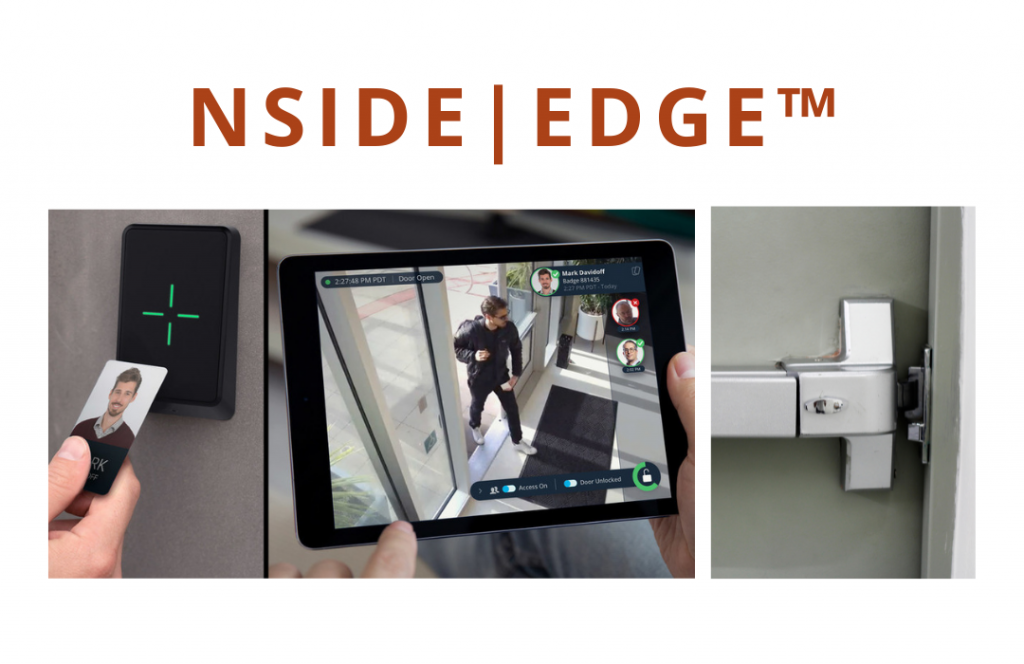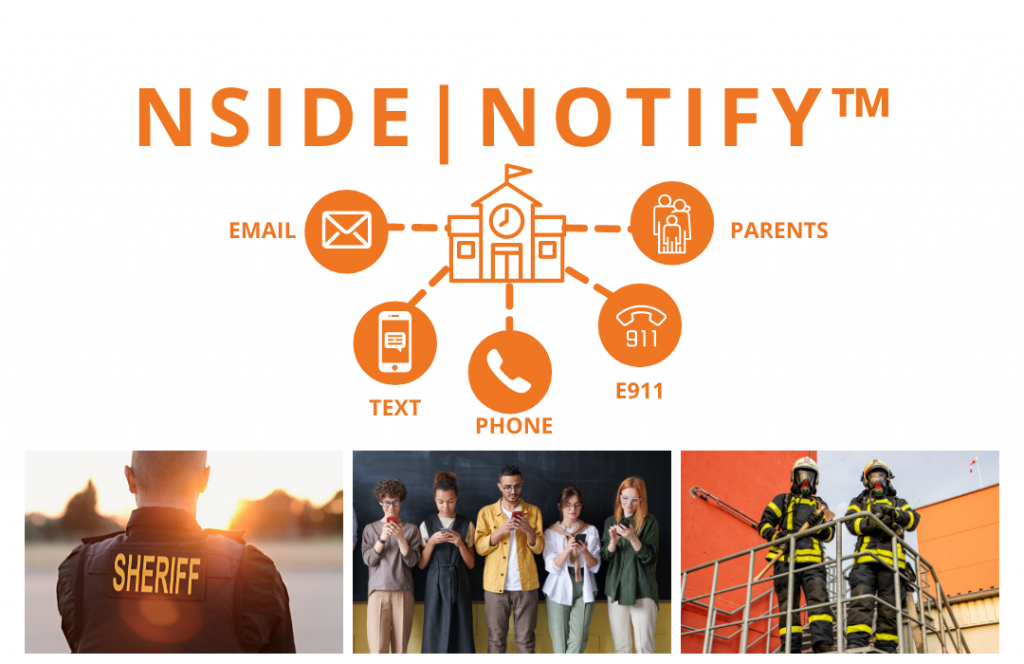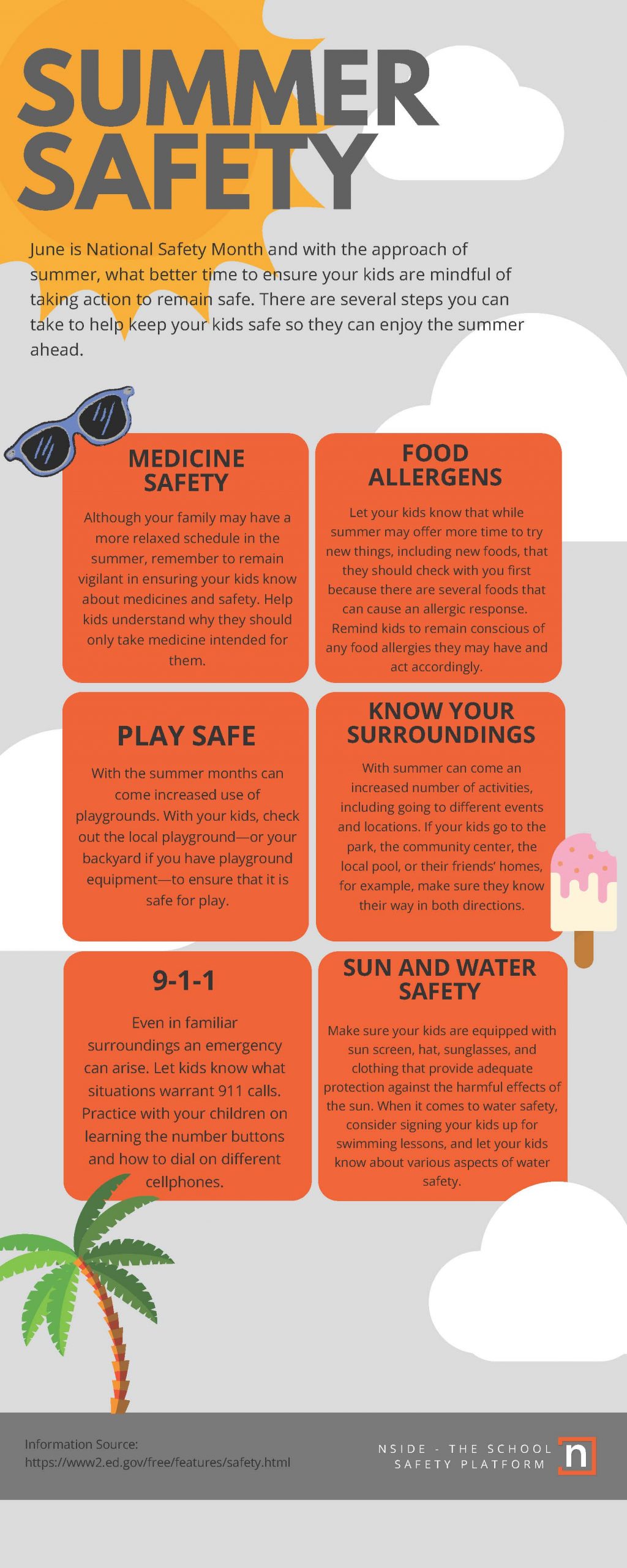Planning for the coming school year is in full swing in administration offices across the country. Do you know what plans are in place for your child’s safety?
Helping your child with their homework and making sure they have the necessary tools that they need to succeed can go a long way toward supporting their education. However, it is also important to have a seat at the table when it comes to decision-making that will directly affect their safety. As a parent, knowing exactly what questions to ask when it comes to school safety is crucial. As a starting point, here are 5 questions to consider asking your local administrators:
- Does my school have a current and up-to-date school safety policy?
Your school’s safety and security policy should involve an emergency operations plan (EOP) and a general security plan. Unless you have proper policies and procedures in place, it is impossible to implement security technology and other security measures effectively. Effective policies and procedures alone can help mitigate risks. Reach out to your school principal or district administration to learn more about your school’s safety policies.
- Is my school investing in additional physical security measures?
When it comes to safety, preparedness is key. Ideally, every school should implement a visitor check-in/out system and secure all points of access to the campus, including parking lots, playgrounds, and field areas around the school. In addition, all schools should have some kind of visual surveillance system in place. Whether this is cameras on the outside of the buildings to see who is entering and exiting or cameras in every classroom, that will depend on the size of the school and the specific security concerns at each school. Another question to ask is whether classrooms are easily and quickly secured so that there are as few obstacles as possible to ensure classroom security in the event of a lockdown.
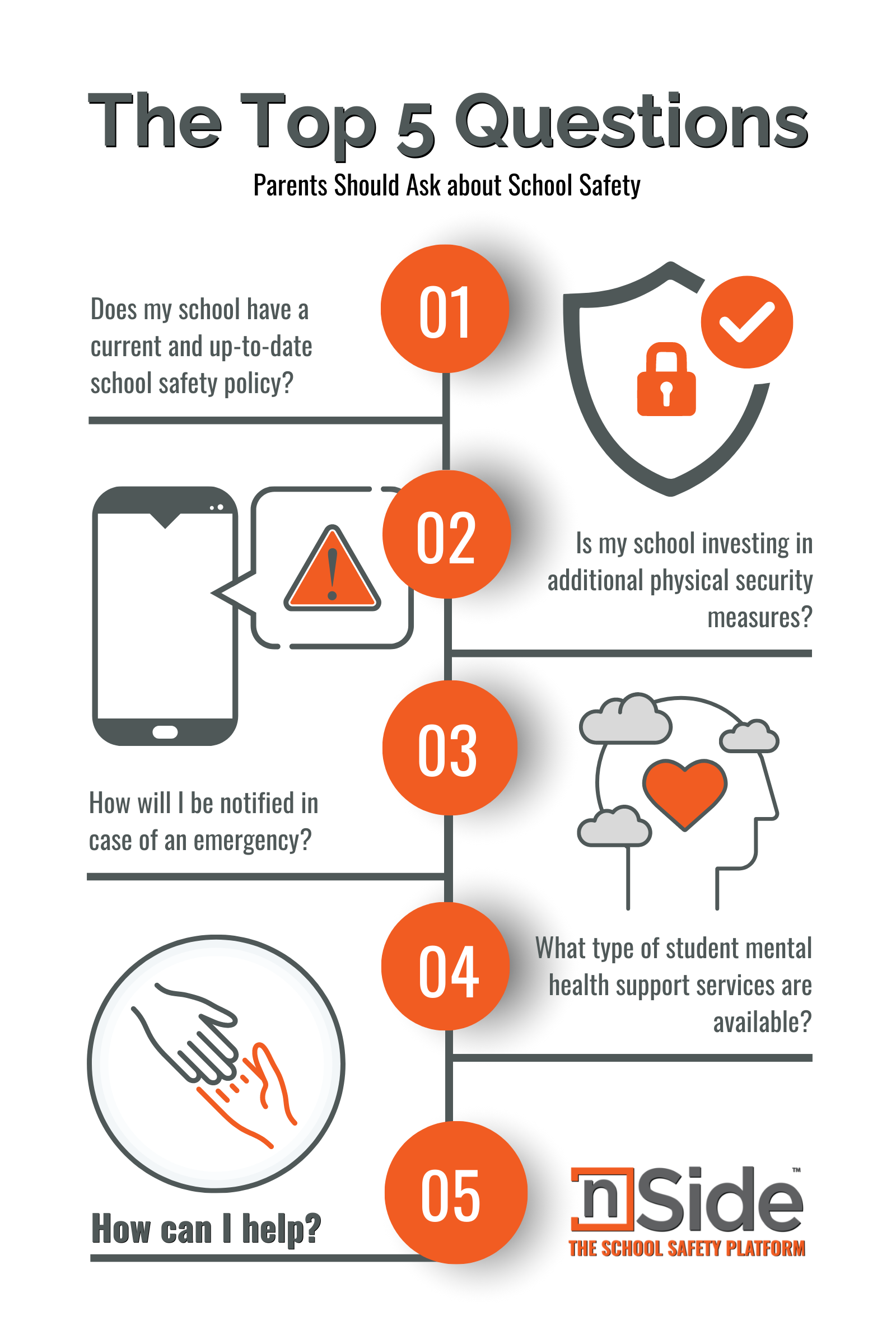
- How will I be notified in case of an emergency?
In any emergency situation, clear and timely communication is crucial. Many schools have a notification system in place that sends out text messages, emails, and phone calls to parents in an emergency. If you are unclear about how your child’s school will notify you in the event of an emergency, contact your school principal or administration office for clarification.
- What type of student mental health support services are available?
Undoubtedly, students suffering from mental health issues can pose a danger to themselves and others, making it vital for schools to provide counseling services to students in need. School, second only to family, is the most important developmental environment in the lives of young people. Reach out to your local school counselor to discuss available mental health resources and how your student can access them when necessary.
- How can I help?
You are the best advocate for your child! Find out what plans the school has in place for emergencies. You can also request that information and training sessions be offered. Volunteer to help organize a safety forum or open meeting for parents onsite. This would give parents and guardians the opportunity to learn from and speak with administrators, local law enforcement, and mental health professionals.
Here at nSide, we understand how overwhelming this topic of discussion can be. As a company, we take a personal approach to creating safer learning environments for all students and teachers. We offer a variety of options for security and prevention to make planning easier for schools and districts. For more information on how we can help keep your schools safe, explore our website at nside.io or contact us today at help@nside.io.





